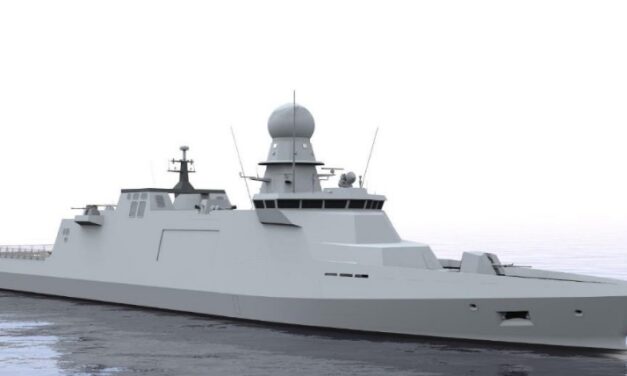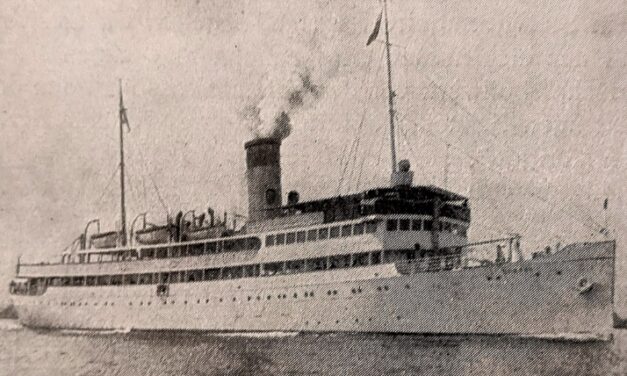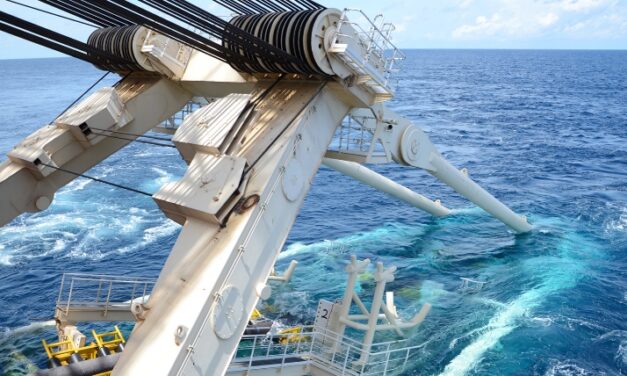Subsidies for EPCs - as an export model?
The European Patrol Corvette (EPC) project is now entering its second development phase - bringing Europe closer to the construction phase of the first two prototypes for the LRM (long-range multipurpose) and FCM (full combat multipurpose) variants. At Euronaval in Paris, the shipbuilding consortium consisting of the Naviris cooperation company (Fincantieri/Italy, Naval Group/France) and Spanish Navantia signed an initial agreement on the start of phase 2 of the joint modular multi-purpose patrol corvette (MMPC) project. This follows the selection by the European Commission in May 2024 of the design submitted by Naviris at the end of 2023. The second phase of the MMPC project aims to develop concept...
Weiterlesen






Latest comments